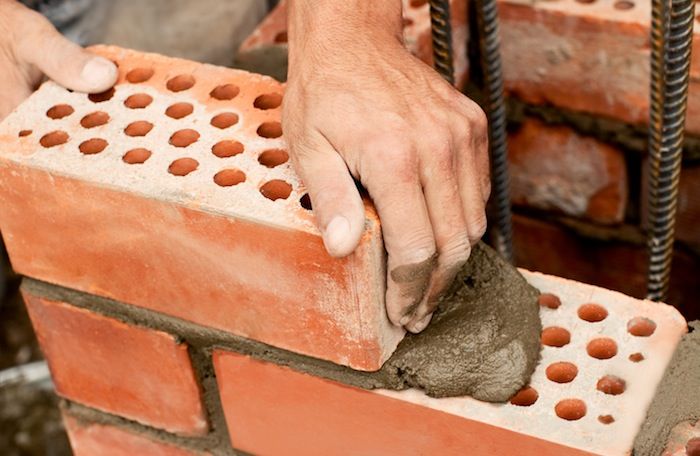
A report has concluded that housing supply “will simply dry up” if major changes are not made to how housing is delivered.
As well as finding major issues with the government’s target of delivering 300,000 new homes each year, the report says the levelling up agenda across geography and age groups will be difficult to accomplish.
The study, ‘Feeding the pipeline: Assessing how many permissions are needed for housebuilders’, was commissioned by the Home Builders Federation (HBF) and the Land Promoters and Developers Federation (LPDF) and carried out by Lichfields.
It says that one of the main causes for a shortage of housing is the “dwindling” pipeline of planning consents for building plots.
It found that the private house building sector delivers two-thirds of national output, with around 36% of coming from the 50 largest housebuilders.
“Boosting housing delivery will require a substantial contribution from these companies who rely on a supply of sites from land promoters which can deliver timely and implementable planning permissions on sites,” the report states.
And the number of active sites where homes are built – or outlets – will need to be increased. Each outlet delivers 45 homes a year, the report says.
The report works out that to bring 300,000 new homes to market each year will require between 474 to 1,385 additional planning permissions on medium to large sites, which means each local authority allocating an extra four to five medium sites (or the same number of larger sites over a longer timeline) – and this needs to be “spread across the country”.
In November, Office for National Statistics figures showed that only 200,000 new homes were built in England in 2019/20.
HBF planning director Andrew Whitaker says: “If we are to get back to pre-pandemic housing supply levels, which were still well short of the government’s target of 300,000, more land needs to be allocated and major improvements to the planning process will be needed.
“Building enough homes to match demand requires sufficient sites to be allocated applications to be processed efficiently to the point where construction can start. Far too many sites are stuck in the treacle of the planning process, delaying work starting, driving up costs and preventing desperately needed homes being delivered.”
And LPDF chairman Paul Brocklehurst says: “Currently it is the South East of England and the hot-spots where prices are disproportionately high, it is young people who are finding it most difficult to cope in the housing market and it is the growing shortfall in affordable housing which is having the greatest impact on those most disadvantaged members of society.
“Contrary to the message often conveyed by local authority representatives, there is not a major surplus of planning permissions compared to the actual number of homes being built.
“The imbalance is explained by the length of the development pipeline caused in part by shortages of local government staffing and resources.”



